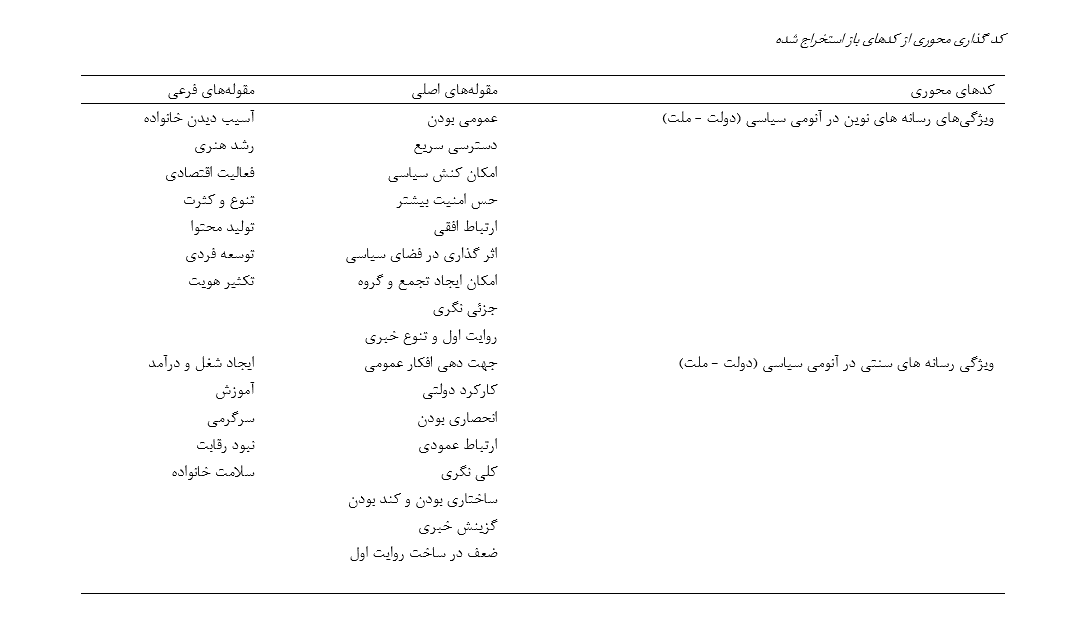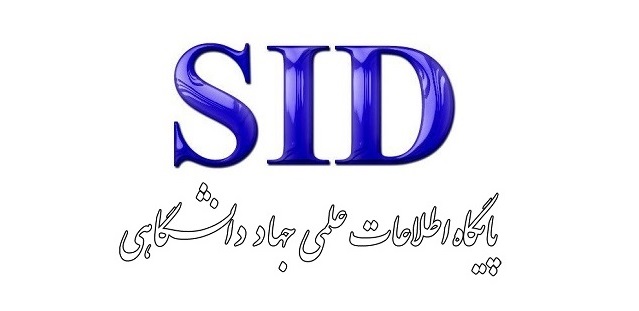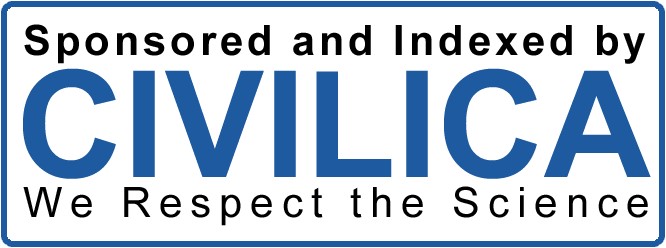مطالعه نقش رسانههای ملی در آنومی سیاسی ایران (دولت – ملت) مورد مطالعاتی استان بوشهر
کلمات کلیدی:
آنومی سیاسی، رسانه، رسانه ملی، شبکه اجتماعی، شبکه استانیچکیده
هدف پژوهش حاضر، مطالعه نقش رسانه ملی در آنومی سیاسی (دولت – ملت) مورد مطالعاتی استان بوشهر بوده است. روش تحقیق حاضر از نظر هدف توصیفی و از لحاظ ماهیت، در حیطهی پژوهشهای کاربردی و از نظر ابزار، پیمایشی و مصاحبه بوده است. جامعه آماری تحقیق حاضر شامل 30 نفر مدیران و کارشنان و فعالین رسانهای استان بوشهر جهت مصاحبه بوده، و 378 نفر بهصورت تصادفی و بر اساس جدول مورگان به عنوان نمونه پیمایشی انتخاب شدند. در تحقیق حاضر، جهت بررسی متغیرها از پرسشنامه خود ساخته محقق استفاده شده است. که با انجام آزمون آلفای کرونباخ برای این پرسشنامه، با اخذ عدد (83/0) دارای اعتبار و پایایی خوب میباشد. و به منظور تجزیهوتحلیل دادهها از ضریب همبستگی اسپرمن و آزمون رگرسیون گام به گام و سطح معنی داری (05/0> P) استفاده شده است. یافتهها نشان داد که رسانه ملی در ایجاد وضعیت آنومی سیاسی بین دولت و ملت رابطه مستقیم و مثبتی وجود دارد. همچنین یافتههای این پژوهش نشان میدهد که رسانه ملی با امتداد راهبرد رسانه توده وار و وابسنگی دولتی باعث کاهش اثر گذاری در حوزه عمومی و جانشینی فضای مجازی بجای آن شده است. لذا میتوان نتیجه گرفت، نقش رسانه ملی بعنوان رابط دولت وملت از اثرگذاری کمنری بر افکار برخوردار است. که نشان از قطع رابطه معنوی با رسانه ملی (آنومی) است. و این حالت میتواند منجر به ایجاد و افزایش سطح آنومیهای سیاسی در جامعه، بویژه از سوی جوانان و نسلهای پیش رو باشد.
دانلودها
مراجع
Ansari, B. (2011). Media Law. SAMT Publishing.
Baran, S. J., & Davis, D. K. (2009). Mass Communication Theory: Foundations, Ferment, and Future (Fifth Edition). Wadsworth Cengage Learning.
Bashiriyeh, H. (2005). Teaching Political Science. Negahe Mo'aser.
Bourdieu, P. (2005). The Political Field, the Social Science Field, and the Journalistic Field. In R. Benson & E. Neveu (Eds.), Bourdieu and the Journalistic Field (pp. 29-47). Polity.
Castells, M. (2002). Information Era. New Design Publications.
Curran, J. M. (2011). Participating in the Conversation: Exploring Usage of Social Media Networking Sites. Academy of Marketing Studies Journal, 15(1), 21-38.
Durkheim, E. (1974). L'education Morale. Quadridge/PUF.
Giddens, A. (2011). Selections from Sociology for Undergraduate Courses. Ney Publishing.
Hoskins, A., & Olaflin, B. (2020). War and Media: The Emergence of Multiplicative Battles. Arma Publishing.
Ritzer, G. (2004). Sociological Theory in the Contemporary Era. Scientific Publication. https://doi.org/10.1177/009430610403300436
Saroukhani, B. (2012). Sociology of Communication: Principles and Foundations. Ettela'at Publishing.
Tapscott, D. (2009). Grown Up Digital: How the Net Generation Is Changing Your World (Vol. 4). Tehrani H Internet and Democracy Blog.

دانلود
چاپ شده
ارسال
بازنگری
پذیرش
شماره
نوع مقاله
مجوز
حق نشر 2024 seyedmahmoud Ahmadzadeh, majidreza karimi, kourosh sarvarzadeh (Author)

این پروژه تحت مجوز بین المللی Creative Commons Attribution-NonCommercial 4.0 می باشد.







